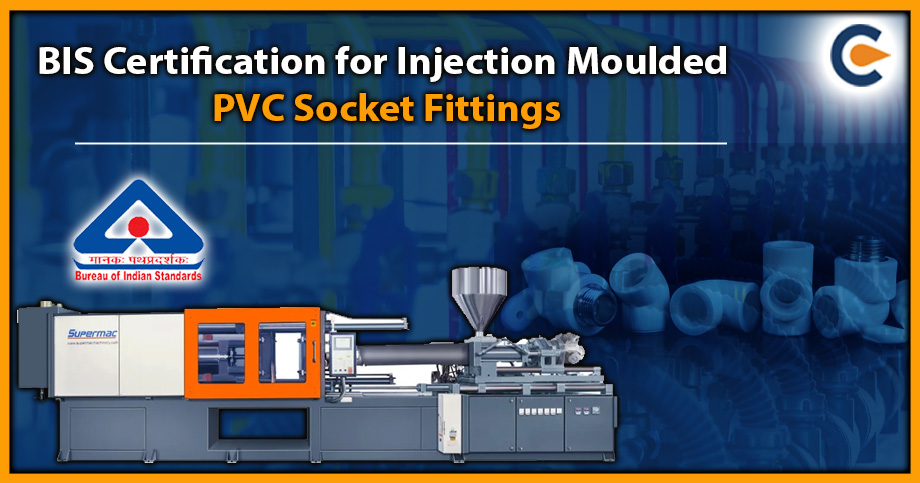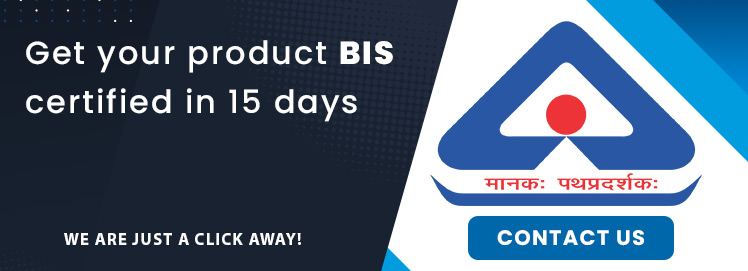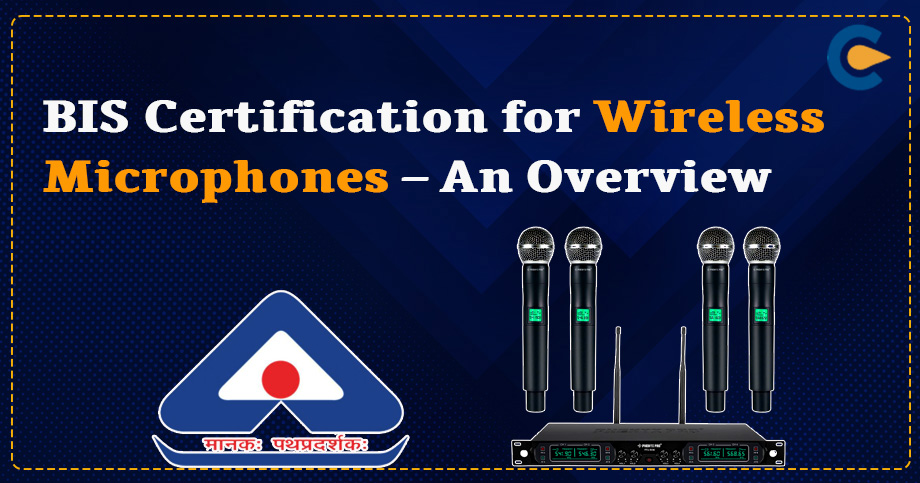Injection molded PVC socket Fittings cater to various plumbing applications. These fittings are durable and can withstand varied climatic conditions. However, the same cannot be claimed for generic products. Fittings that come with an ISI marking are considered to be the safest and long-lasting. In this article, we will brief you on the process of a BIS Registration for injection moulded PVC socket fittings, which fall under IS 7834 (Parts 1 to 8):1987.
Understanding General Requirements Under IS 7834 (Parts 1 To 8):1987 for Pipe Makers
This standard (Part 1) pens down the general guidelines regarding material, production, inspection, and labelling of all types of injection moulded PVC socket fittings, primarily serve as a connector, leveraging solvent cement, to the PVC pipes falling under IS: 4985-1988 for water supply.
IS 7834 (Parts 1–8): 1987 pens down the requirements for a wide array of injection moulded PVC socket fittings (shown below) with solvent cement joints.
- 45 degrees elbows
- 90-degree elbows
- 90-degree tees
- 45-degree tees
- Sockets
- Unions
- Caps
Each type of fitting is classified into the group depending on size:
| Type of fittings | Group 1 (mm) | Group 2 (mm) | Group 3 (mm) |
| 45 degrees elbow | 16-63 | 75-160 | 180-315 |
| 90 degrees elbow | 16-63 | 75-160 | 180-315 |
| 90 degrees tees | 16-63 | 75-160 | 180-315 |
| 45 degrees tee | 16-63 | 75-160 | – |
| sockets | 16-63 | 75-160 | 180-315 |
| unions | 16-63 | – | – |
| caps | 16-63 | 75-160 | 180-315 |
The base material that is used to manufacture these fittings should be the polyvinyl chloride. The manufacturers can add additives to these fittings during the production process to improve their durability, appearance, and opacity.
Testing Requirements Concerning BIS Certification for Injection Moulded PVC Socket Fittings
The injection molded PVC socket fittings shall be subjected to the following tests to qualify for the BIS marking scheme.
- Test required
- Stress relief test
- Effect on water
- Dimension test
- Short-term hydraulic test
- Opacity test
- Type test
- Acceptance test
All fittings must comply with mandatory marking and labelling requirements cited under IS 7834 (Parts 1–8): 1987. The label must reflect the pipe maker’s identification mark, size, and the correct class to which the fitting’s pressure rating relates.
For labelling, the pipe maker should take the applicable part into account to which the given fitting will serve as a connector.
While applying for the BIS marking scheme, the applicant must clearly illustrate the types of fittings, sizes, and pressure classes of the intended fittings.
Paperwork Concerning BIS Certification for Injection Moulded PVC Socket Fittings
Following are the some paperwork concerning BIS Certification for Injection Moulded PVC Socket Fittings:
- Business registration paperwork such as a partnership deed, incorporation certificate, etc.
- Factory license
- Trademark registration if available.
- Production process flowchart
- List of fittings for which ISI marking approval is required
- List of production machinery
- Lab testing report
- List of lab equipment used for testing fittings
- Detail about the Quality management system used for quality assurance
- Authorization letter signed by the authorized signatory (if the applicant is a third-party)
Process Concerning BIS Certification for Injection Moulded PVC Socket Fittings
Following is the comprehensive procedure that will let you secure the BIS Certification for Injection Moulded PVC socket fittings:
Step 1: File Application Online
To serve this purpose, visit the BIS portal and create an account if necessary. Your next step is to find the e-form for the ISI marking scheme.
Once you get access to the e-form, fill in the mandatory details as required. Make sure that the provided details are valid and free from fabricated information to avert any chance of cancellation.
The application filling is followed by document uploading, which should be in line with the authority’s directions.
The BIS portal will accept the application once you pay the applicable fees, which also include on-site vetting expenses.
Step 2: Paperwork vetting and sample collection
Upon successful application submission, the next step that will come into effect is the document and on-site inspection performed by the BIS officials.
The inspecting officials will perform in-depth probing of the submitted paperwork to identify any potential error.
Once done, the authority will commence the on-site inspection and accordingly select some samples (finished goods) for lab testing.
The on-site inspection also involves thorough vetting of the internal processes and standards being used by the pipe maker for quality assurance.
Step 3: Sample Testing and Report Generation
The authority will send the selected sample to the certified lab for quality testing. The lab, in response, will perform the following tests in view of the applicable standard to determine whether the product is good enough to bear ISI marking.
- Test required
- Stress relief test
- Effect on water
- Dimension test
- Short-term hydraulic test
- Opacity test
- Type test
- Acceptance test
After undertaking the aforesaid tests, the lab will prepare a thorough report entailing their findings concerning product performance.
Step 4: Collection of a report by the application
The lab will contact the applicant via registered details to inform them about the report generation.
The applicant is required to secure the report and share the same with the authority on time.
It is worth noting that each report generated by the lab comes with limited validity. Thus, its timely collection is vital for the applicant.
Step 5: Final Review and Grant of Certificate
The authority will perform the final review of the report submitted by the applicant and accordingly take a decision on whether or not to grant the certification for ISI marking.
Marking and Labelling Requirements for Injection Moulded PVC Socket Fittings
The injection Moulded PVC Socket Fittings should be labelled with the following details before making them commercially available to the end-users.
- Identification and source of manufacture
- Nominal bore, in mm;
- Batch number
- ISI marking
Conclusion
BIS Certification for injection Moulded PVC Socket Fittings is not something that is easily gettable. You must comply with endless compliances to make your product eligible for ISI marking[1]. That is why is recommended to avail of professional help so that you can secure the certificate without hassle.
Read Our Article: What Is BIS Certification In India?













